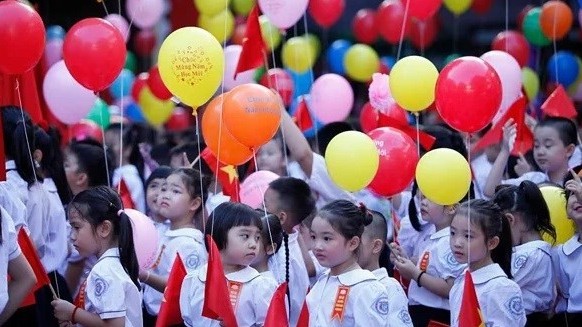
Vietnam joins global campaign to confront intensified risk of child labor resulting from COVID-19
Latest
| TIN LIÊN QUAN | |
| 10th Meeting on RCEP expected to bring new change to regional, global trade | |
| Vietnam artists join "Taking action for nature" campaign to raise pulic's awareness | |
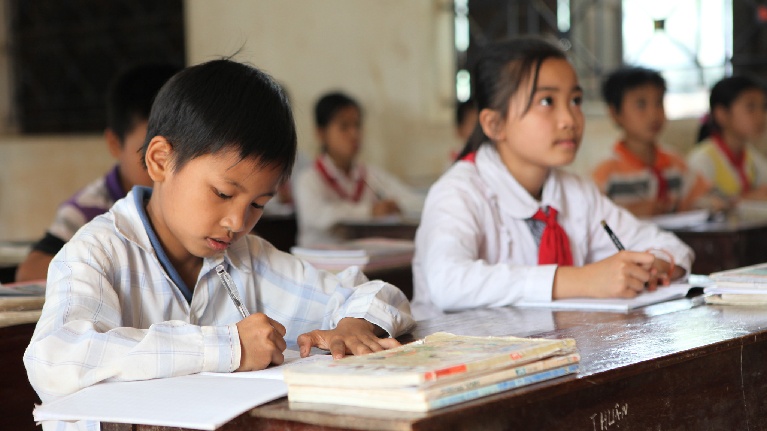 |
| Illustrative image. |
This message has been highlighted today in a virtual interactive panel discussion by the International Labor Organization (ILO), United Nations Children’s Fund (UNICEF) and the Ministry of Labor, Invalid and Social Affairs (MOLISA). Held in Ha Noi, the event adds a voice to the global call for action on the World Day Against Child labor.
A new ILO-UNICEF brief indicates that the crisis could lead to the first recorded rise in child labor after 20 years of progress. According to the paper: “COVID-19 and child labor: A time of crisis, a time to act”, child labor decreased by 94 million since 2000, but that gain is now at risk.
In Vietnam, the ILO estimated in April that between 4.6 and 10.3 million workers may be affected by the pandemic. Of concern to UNICEF is increasing evidence that many children did not return to school when they reopened in May of this year. An estimated over one million children between 5-17 years old are already engaged in child labor in Vietnam, more than half of them are in hazardous work. As the pandemic wreaks havoc on family incomes, these children are now at even greater risk of working longer hours or under worsening conditions.
“Immediate actions must be taken to protect children from child labor and to uphold national efforts to prevent and eliminate child labor,” said ILO Vietnam Country Director, Chang-Hee Lee. “Social protection plays a significant role in times of crisis as it provides assistance to the most vulnerable.”
The joint ILO-UNICEF paper cites a combination of factors that can contribute to child labor. Vulnerable population groups, such as those in the informal economy and migrant workers, will suffer the most from economic downturn, increased informality and unemployment, the general fall in living standards, health shocks and insufficient social protection systems.
According to the brief, COVID-19 could result in a rise in poverty and therefore to an increase in child labor as households use every available means to survive. Some studies show that a one percentage point rise in poverty leads to at least a 0.7 per cent increase in child labor in certain countries.
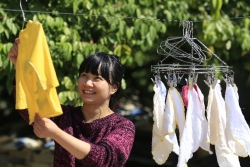
| ILO commits to support Vietnam’s effort to promote safe labor migration |
“Children who are trapped in child labor, are deprived of a childhood, their health is at risk, their opportunity to escape poverty is lost and their explosure to other child protection risks increases. In dropping out of school, they are embracing a small payment today but risking lifelong poverty. I know from speaking with schools, particularly in rural areas, that some children have simply not returned. Those children are aged just nine or ten years and they are now working full time. This is hazardous, and it makes them more vulnerable to other protection concerns, including trafficking. UNICEF believes that effective action against child labor in the current context requires that children in the poorest families be placed at the centre of the COVID-19 Social Protection response, and that their protection be prioritized by local authorites who need to actively trace and get them back to school”, said Rana Flowers, UNICEF Representative.
A rapid assessment on the impacts of COVID-19 on child labor is being carried out nation-wide with support from the ILO, which will inform the upcoming National Plan of Action to prevent and reduce child labor for the 2021-25 period.
Significant progress has been achieved in the fight against child labor over the years. However, much needs to be done to achieve Sustainable Development Goal Target 8.7 to eliminate child labor by 2025.
“The impacts of COVID-19 on child protection and child labor will be assessed by the Ministry of Labor, Invalids and Social Affairs and other concerned Ministries. This assessment will help us to develop the next Plan of Action and a roadmap to reduce child labor by 2025 and forced labor by 2030. I hope we can take steps to work together, especially during the International Year on the Elimination of Child labor, in order to reduce the obstacles created by the COVID-19 pandemic. By doing so all countries can move towards the achievement of Target 8.7 of the Sustainable Development Goals by 2030,” said Dang Hoa Nam, Director of the Department of Children’s Affairs at MOLISA.
The virtual interactive panel discussion is live-streamed on ILO Vietnam’s, UNICEF Vietnam’s and MOLISA’S For the Children TV Programme Facebook fan page, at 9 am on Friday, 12 June 2020, from the Green One UN House in Ha Noi with the participation of from Department of Children’s Affairs, the ILO and the UNICEF.

| COVID-19: Greta Thunberg and NGO Human Act launch a child rights driven COVID-19 campaign for UNICEF Climate activist Greta Thunberg calls on young people, other supporters, to encourage everyone to support UNICEF’s vital work to save children’s lives in the COVID-19 fight. |
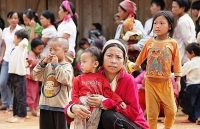
| WB, UNICEF call for efforts to address child undernutrition in Vietnam The World Bank (WB) and the United Nations Children’s Fund (UNICEF) have called for solid steps to handle undernutrition among Vietnamese children, and reaffirmed their ... |
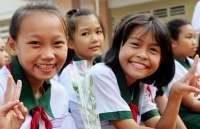
| Project hopes to enhance child protection in HCM City A project is underway in Ho Chi Minh City to promote child-friendly education environment and protection for vulnerable children, aiming to help build a sustainable ... |






